The Basilica Cistern, is the largest of several hundred ancient cisterns that lie beneath the city of Istanbul (formerly Constantinople), Turkey. The cistern, located 490 ft southwest of the Hagia Sophia on the historical peninsula of Sarayburnu, was built in the 6th century during the reign of Byzantine Emperor Justinian I.
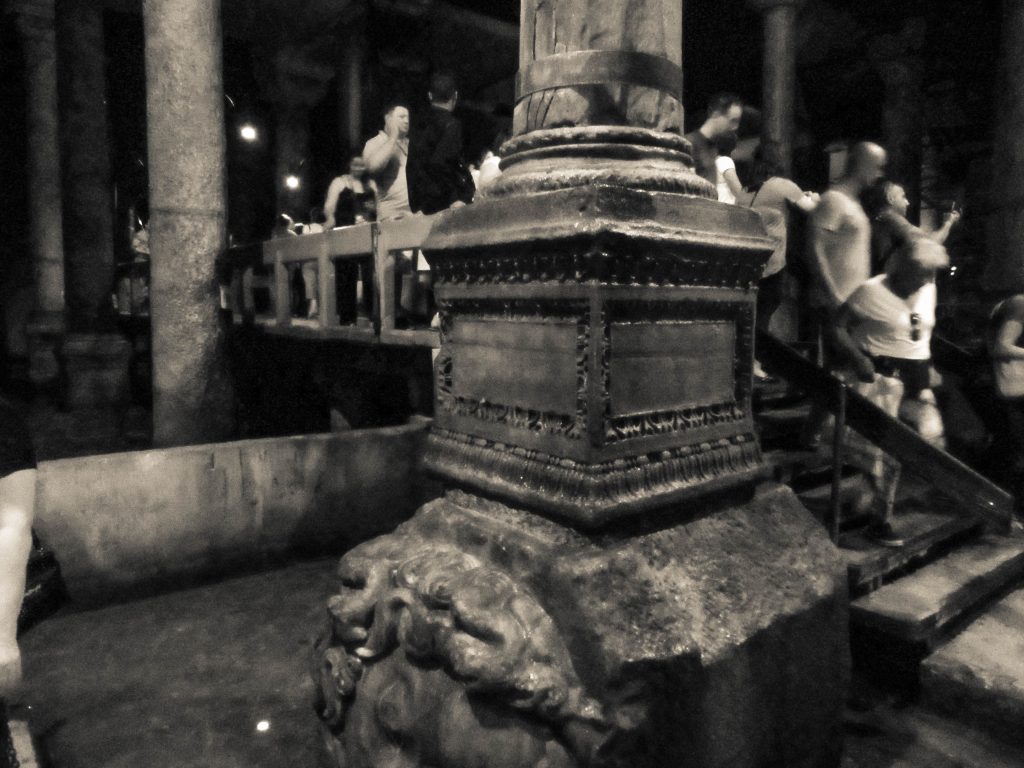
This subterranean cistern was called Basilica because it was located under a large public square on the First Hill of Constantinople, the Stoa Basilica. At this location, and prior to constructing the cistern, a great Basilica stood in its place, built between the 3rd and 4th centuries during the Early Roman Age as a commercial, legal and artistic centre. The basilica was reconstructed by Illus after a fire in 476.
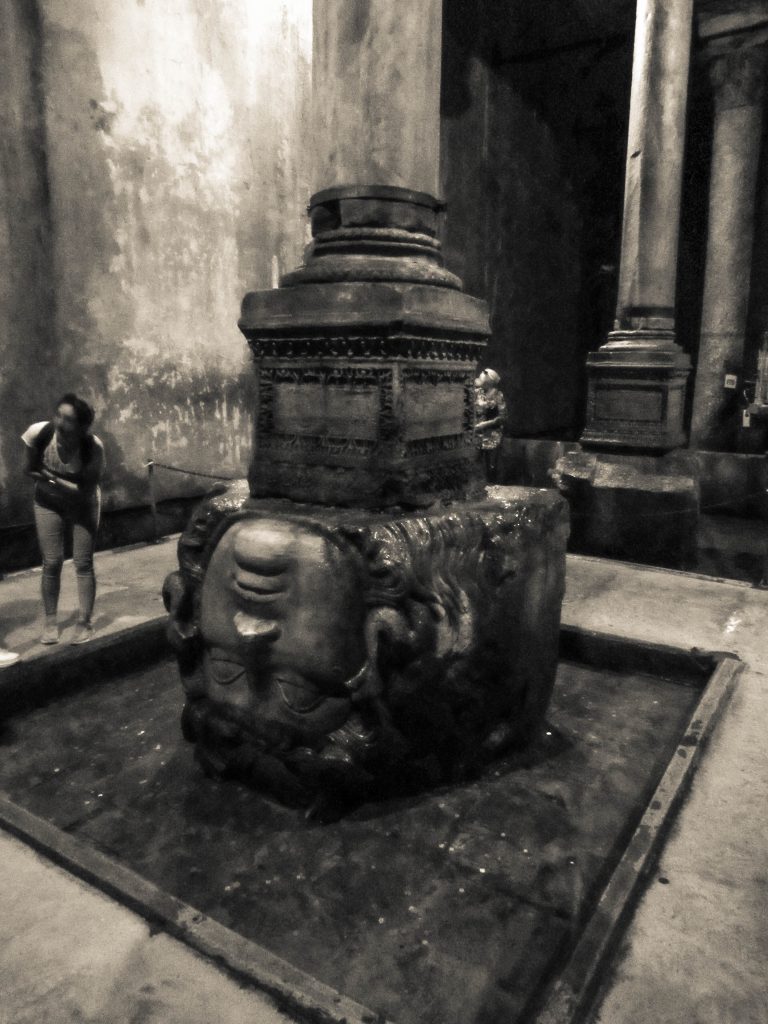
Ancient texts indicated that the basilica contained gardens, surrounded by a colonnade and facing the Hagia Sophia. According to ancient historians, Emperor Constantine built a structure that was later rebuilt and enlarged by Emperor Justinian after the Nika riots of 532, which devastated the city.
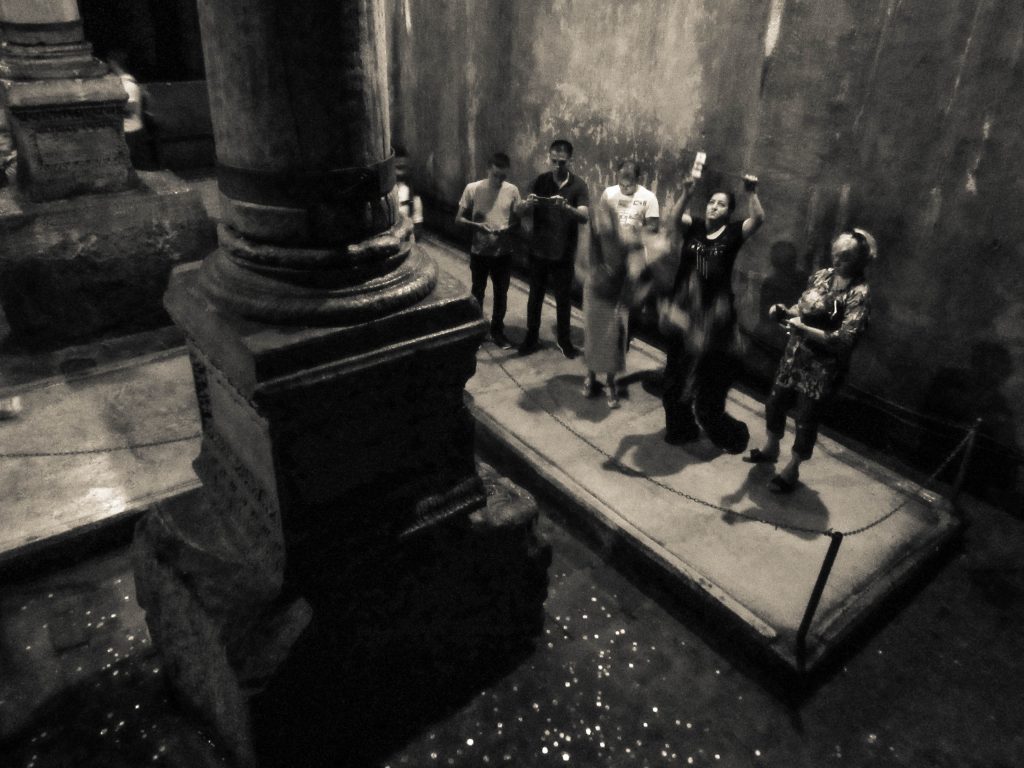
Historical texts claim that 7,000 slaves were involved in the construction of the cistern.
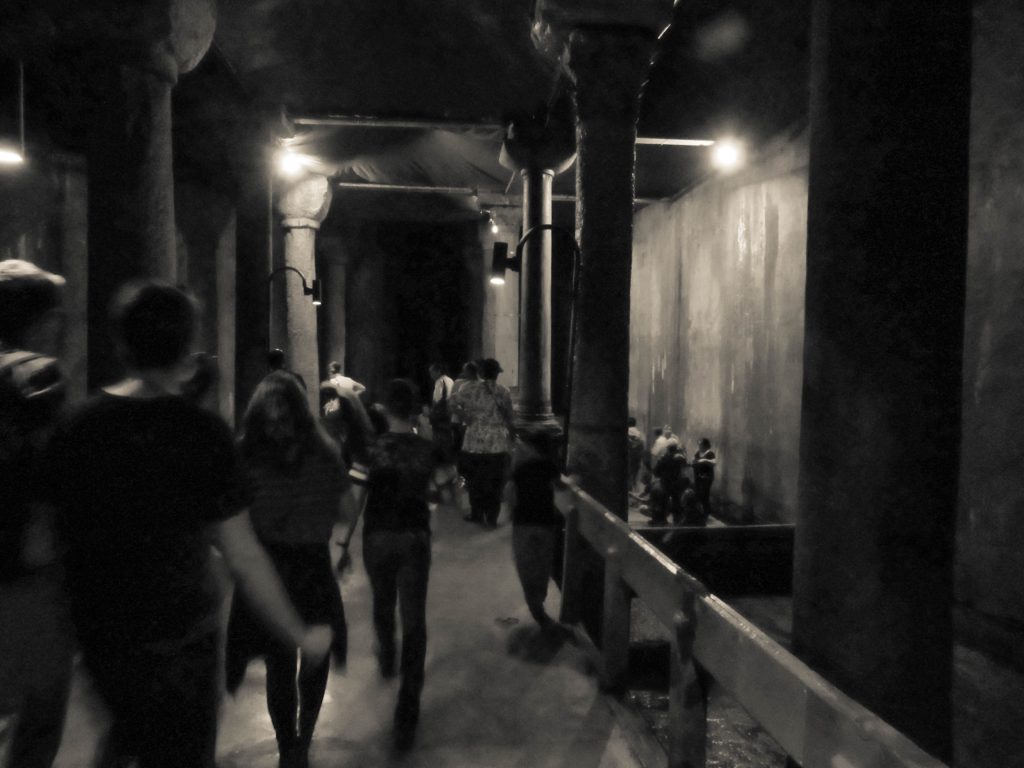
The enlarged cistern provided a water filtration system for the Great Palace of Constantinople and other buildings on the First Hill, and continued to provide water to the Topkapı Palace after the Ottoman conquest in 1453 and into modern times.
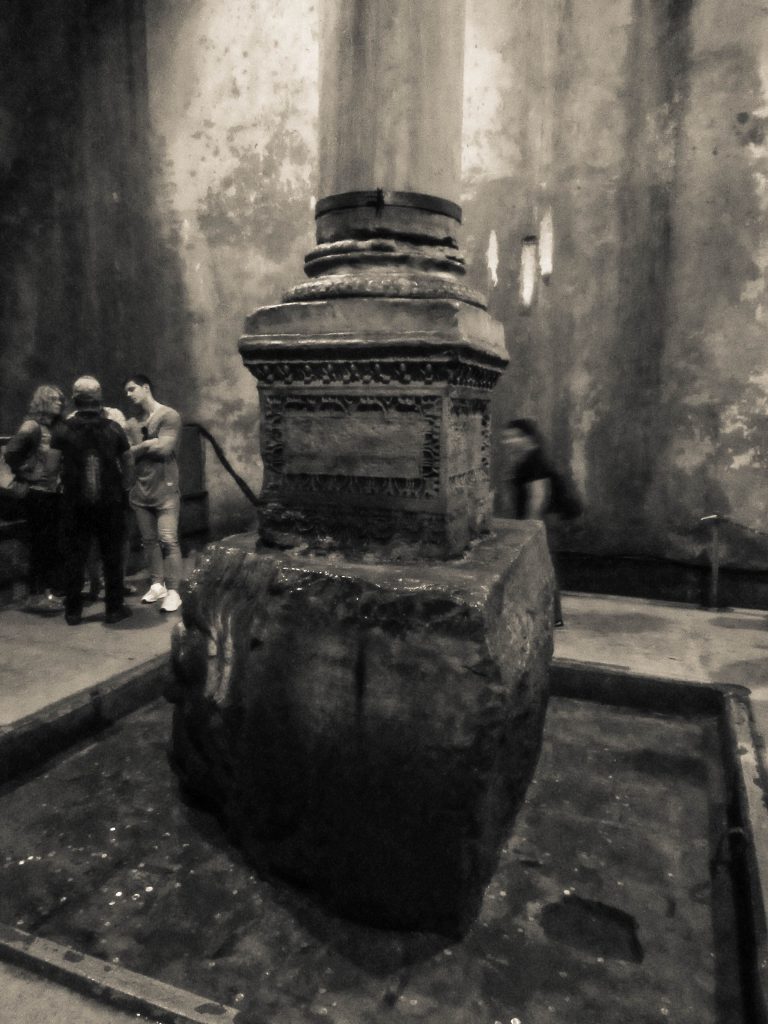
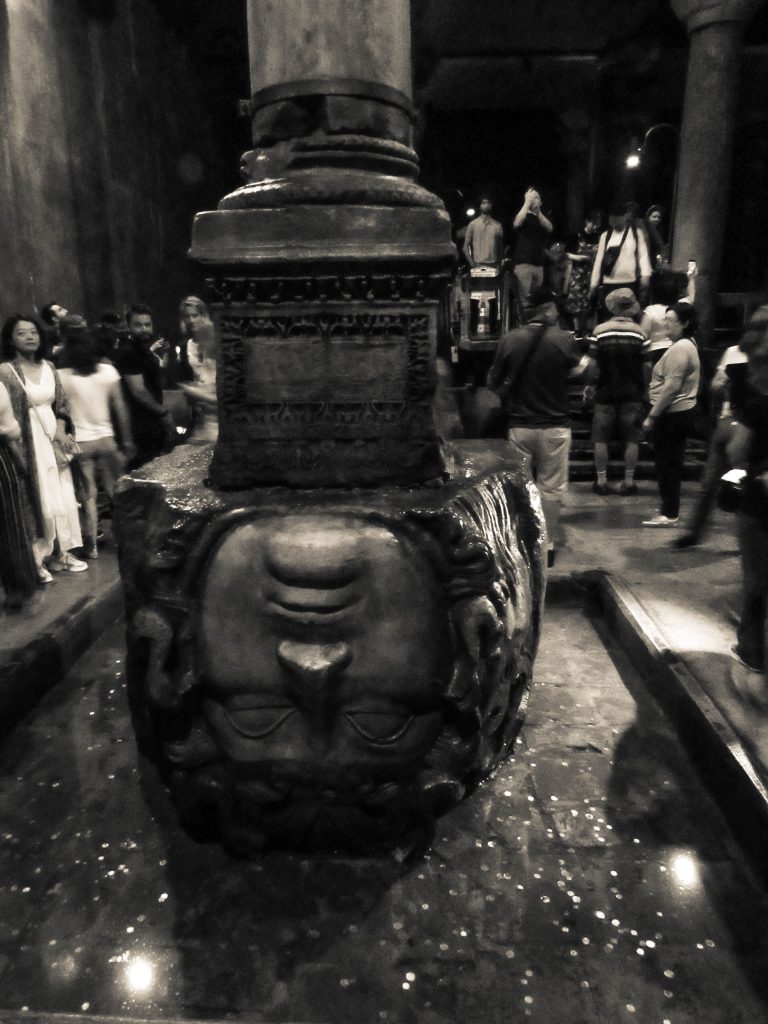
This cathedral-size cistern is an underground chamber approximately 453 ft by 213 ft – about 105,000 sq ft in area – capable of holding 2,800,000 cu ft of water. The ceiling is supported by a forest of 336 marble columns, each 30 ft high, arranged in 12 rows of 28 columns each spaced 16 ft apart. Source: Wikipedia.




